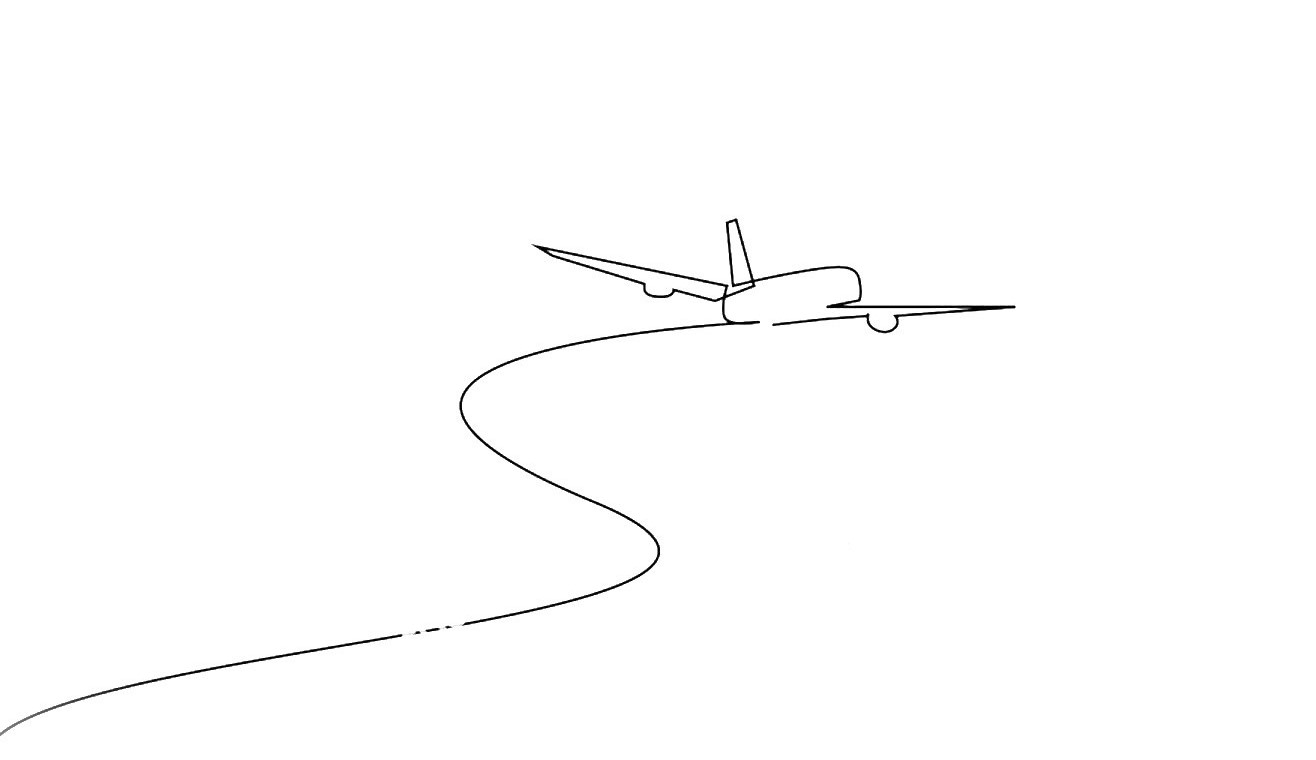
Pic Courtesy Net
My article published on the EurAsian Times Website on 26 Nov 24.
To strengthen bilateral defence cooperation, Russia has offered India the opportunity to procure the Tu-160M strategic bombers, known as the “White Swan.” This move, reflecting Moscow’s ongoing ambition to bolster military ties with its long-standing partner, could provide India with substantial aerial capabilities. As India considers this offer, questions arise regarding its practicality, implications for regional security, strategic deterrence, and the broader Indo-Russian defence relationship.
Background and Features. The Tupolev Tu-160, developed initially in the Soviet Union during the late 1970s, is the world’s most oversized and fastest supersonic bomber. The modernised variant, the Tu-160M, incorporates significant upgrades over its predecessor. Equipped with advanced avionics, enhanced navigation systems, and state-of-the-art NK-32-02 engines, the Tu-160M is designed to improve operational efficiency and extend mission capabilities. Each aircraft is capable of carrying up to 12 long-range cruise or nuclear missiles, enabling precision strikes far from home bases. With a remarkable range of 12,000 km without refuelling and variable-sweep wings allowing flexible mission adaptation, the Tu-160M maintains supremacy as a long-distance strategic bomber. The model’s design allows for high-speed, low-altitude flight and quick acceleration, granting it a unique operational profile suitable for conventional and strategic missions.
Geopolitical Aspects. The offer of the Tu-160M aligns with Russia’s goal of deepening defence ties with India amid shifting global alliances. India and Russia have historically shared a strong defence partnership, which has marked extensive arms sales and technology transfers. This relationship has weathered challenges posed by India’s increasing engagements with Western powers, notably the U.S., for defence technology. Accepting Russia’s offer could reaffirm this bilateral relationship, counterbalancing Western influence while ensuring India maintains diverse sources for its defence procurement. This diversification reduces reliance on any single country and allows India to navigate its complex strategic environment more flexibly. Additionally, the offer comes as Russia seeks to assert its position in global arms markets amid sanctions and the fallout from geopolitical conflicts. By selling advanced military equipment like the Tu-160M, Moscow reinforces its image as a provider of cutting-edge technology to key partners.
Multi-Role Fighters Vis-a-Vis Strategic Bomber. Historically, the Indian Air Force has favoured multirole fighters over a dedicated strategic bomber. The potential acquisition of the Tu-160M would significantly shift India’s defence posture. This addition would enhance India’s capability to project power across the Indo-Pacific region and serve as a formidable deterrent amid evolving regional threats. Presently, India relies on fighters like the Sukhoi Su-30MKI and Dassault Rafale for long-range strikes. These aircraft, while versatile, do not match the range and payload of the Tu-160M, which can carry nuclear-capable Kh-101 and Kh-102 cruise missiles.

Pic Courtesy Net
Capability Enhancement. The Indo-Pacific is witnessing an intensification of geopolitical rivalries, particularly with the rise of China’s military capabilities and assertive stance in territorial disputes. For India, a strategic bomber like the Tu-160M could provide enhanced reach, allowing it to strike deep into adversarial territories or support extended deterrence strategies. This would complement India’s existing nuclear triad, comprising land-based missiles, submarines, and fighter-borne atomic weapons.
Regional Balance. Strategic bombers could alter the military balance regionally, compelling neighbouring states to recalibrate their security strategies. For instance, though formidable, China’s fleet of H-6 bombers lacks the same speed and range as the Tu-160M. Thus, India’s acquisition could establish a new tier of deterrence, countering strategic depth advantages that adversaries maintain.
Cost Factor. Despite the potential benefits, the Tu-160M’s high price tag poses significant budgetary implications. The need for specialised training, new infrastructure, and extensive maintenance compounds high acquisition costs. Given its size and operational demands, the IAF would have to consider adapting airbases and logistical support systems to operate and sustain such an aircraft.
Doctrinal Challenges. The bomber’s survivability in contested airspace that India is likely to face is another issue for consideration. Furthermore, integrating the strategic bomber into IAF operations would require significant investments in pilot training programs and mission planning resources to optimise its use. Training specialised crews and adopting new operational doctrines may also present a challenge, as India’s air force has historically not fielded heavy bombers.
Place in Priority List. Currently, the Tupolev Tu-160 may not occupy a high priority in the Indian Air Force’s defence acquisition plans. India focuses primarily on enhancing its missile defence, air superiority fighters, and long-range strike capabilities through multi-role aircraft and cruise missiles. The Tu-160, while a potent strategic asset, may not align with India’s current needs due to the high cost of acquisition and maintenance and the presence of alternative means of strategic deterrence. However, its role in a long-term strategic vision could be revisited if future developments necessitate it.
The potential acquisition of the Tu-160M bomber presents India with a pivotal opportunity to enhance its strategic capabilities and solidify its position as a regional power. While the benefits of range, payload, and deterrence are substantial, India must consider the broader implications, including costs, logistics, and geopolitical messaging. If India integrates the Tu-160M into its air force, it will signify a significant milestone in its defence modernisation. This decision would reinforce its strategic deterrence and strengthen Indo-Russian ties at a time when global power dynamics are in flux. India However, acquiring such a platform involves more than financial investment. India must weigh the strategic benefits against operational challenges, including the bomber’s relevance in modern warfare, which increasingly favours multi-domain and network-centric approaches over traditional heavy bombardment. Ultimately, the choice will reflect India’s long-term vision for its role in the regional and global security landscape.
Your valuable comments are most welcome.
For regular updates, please register your email here:-
References and credits
To all the online sites and channels.
Disclaimer:
Information and data included in the blog are for educational & non-commercial purposes only and have been carefully adapted, excerpted, or edited from reliable and accurate sources. All copyrighted material belongs to respective owners and is provided only for wider dissemination.

